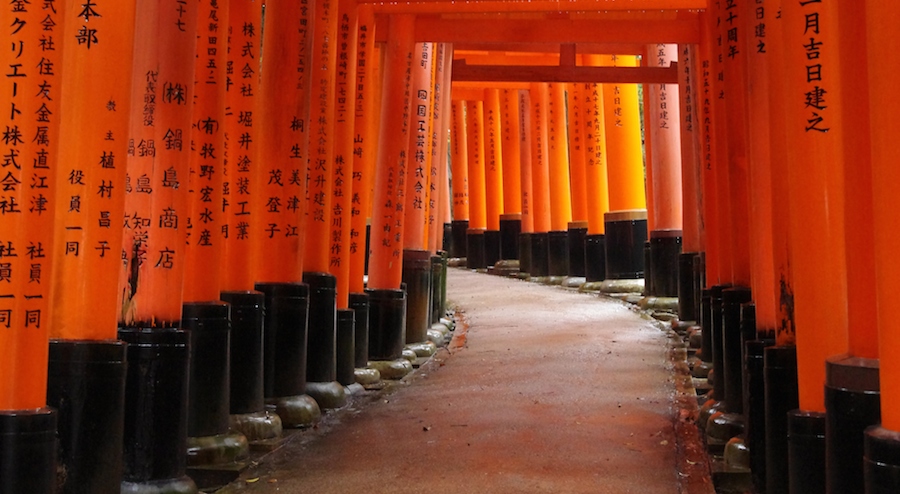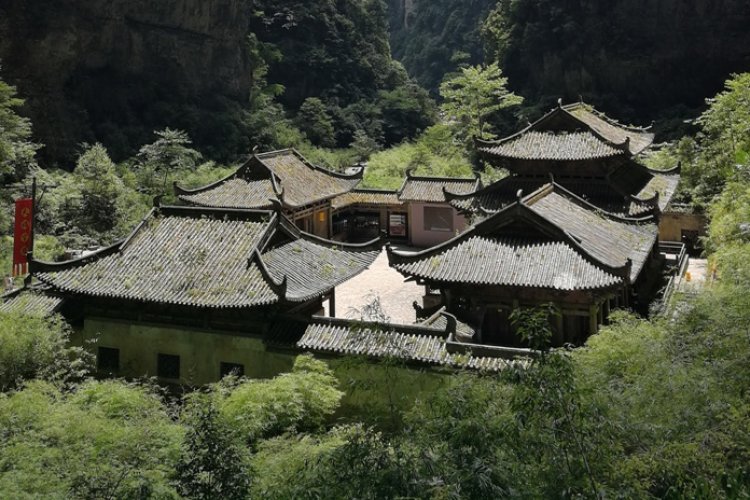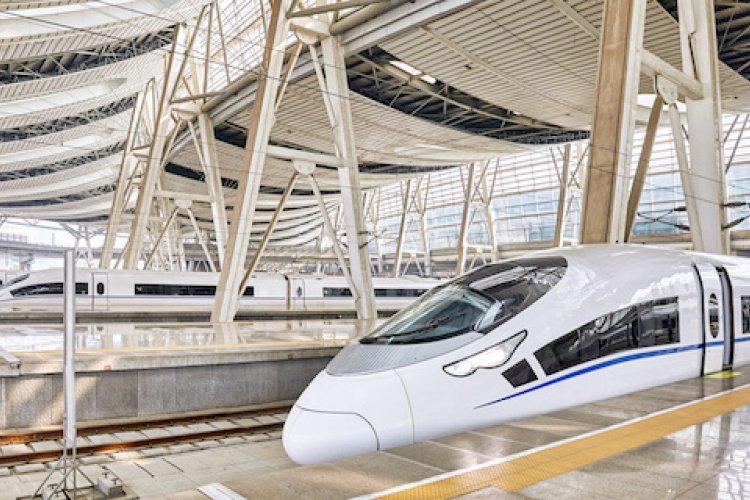Kyoto: A Short Break in the Thousand-Year Capital
As Japan’s most beautiful city, and former capital of the Land of the Rising Sun for more than one thousand years, it’s hard to sum up the cultural and historical riches that Kyoto has to offer on one short page. From iconic temples and shrines to hidden Zen gardens, and on to winding alleyways where geisha still entertain guests, Kyoto should be top of the itinerary for any visitor to Japan. The best times to visit Kyoto are fall and spring, during the fall foliage and sakura viewing seasons, respectively, but the climate is temperate enough to make year-round visits a possibility.
What to Do
Plenty has been said on the internet about Kyoto’s major sights – Fushimi Inari Taisha (pictured in the main image gallery), Kinkaku-Ji (the Golden Temple), Kiyomizu Temple, to name but a few – so below is just a taste of the city’s less visited sights.
The excellent online guide Inside Kyoto, written by long-term Kyoto expat and Lonely Planet Kyoto author Chris Rowthorn, has detailed information about all of Kyoto's sights, divided by district. He also suggest itineraries if you want to make sure you're packing in as much as possible.
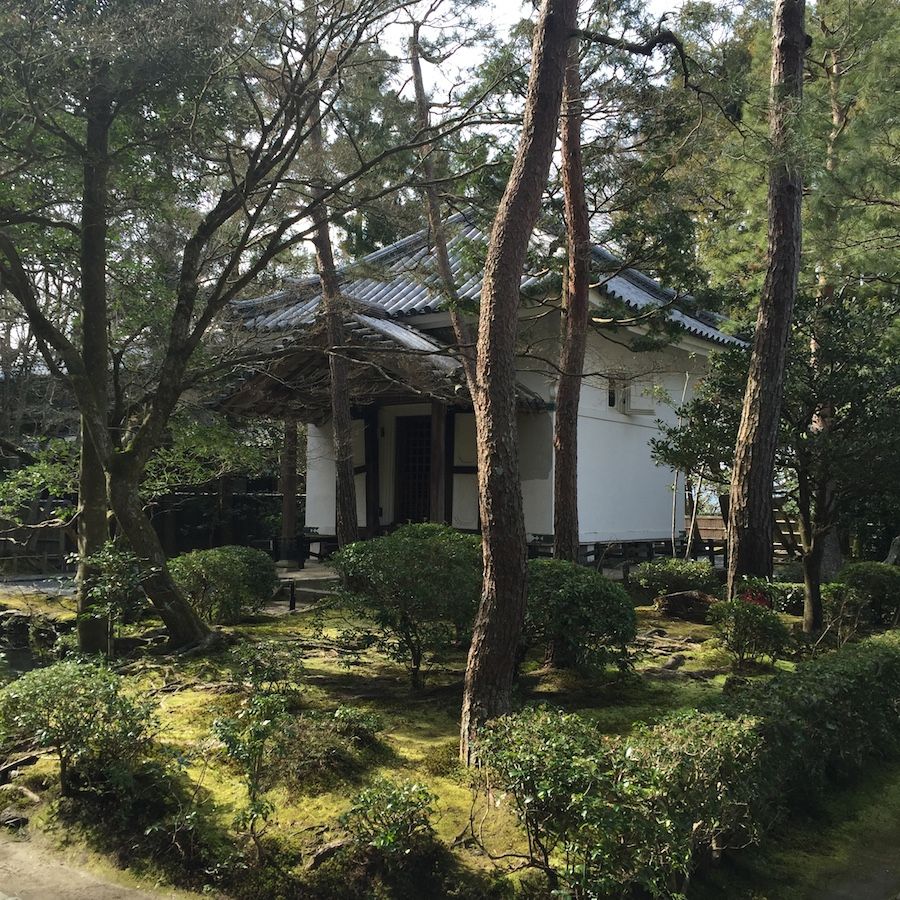
In a city with over 1,600 temples, it’s difficult not to get overwhelmed after a while, but Honen-in nevertheless stands out. Located in the east of the city near the famous Philosopher’s Path, entering this moss-covered temple and garden feels like walking into Narnia. The main temple building is only open for a few weeks every year, but the grounds can be toured for free all year round.
Also worth a visit is Tofuku-ji, a short walk away from Fushimi Inari Taisha. Filled with small sub-temples and hidden gardens, Tofuku-ji is normally much less crowded than the more famous temple complexes, except in late fall when domestic tourists flock to see the garden’s spectacular fall foliage, particularly the maple trees.
Kyoto is a great place to shop for traditional Japanese products and handicrafts. Shijo Dori in the Gion area is home to many time-honored Kyoto brands, selling everything from Japanese confectionary to origami paper. Eirakuya, which has been in business since 1615, sells gorgeous tenugui, traditional Japanese hand towels, printed with colorful Japanese motifs. Priced from JPY 1,600 (approx. RMB 100), they make great gifts.
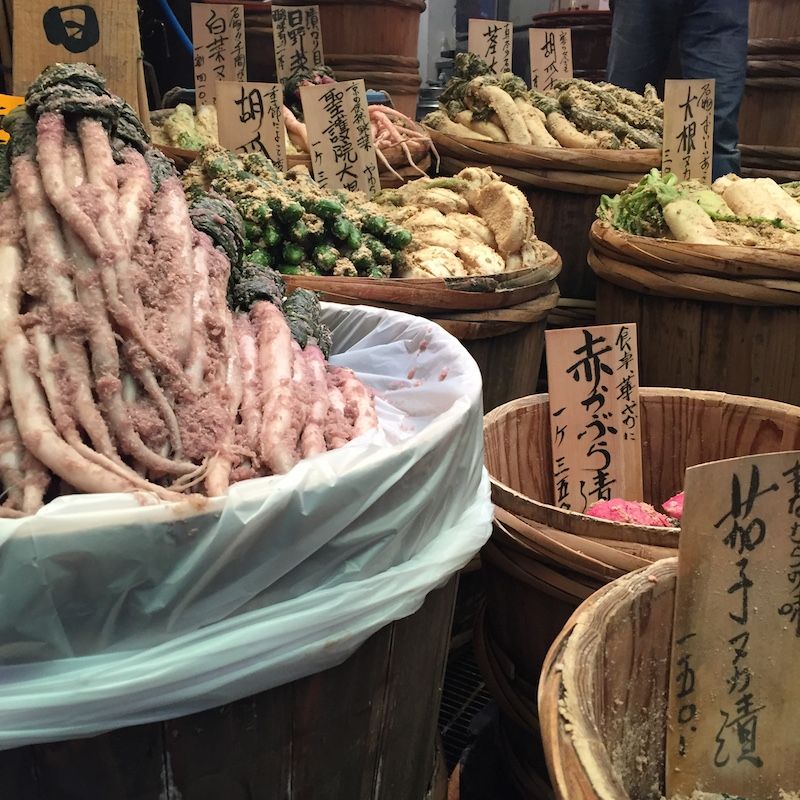
For food-focused shopping, pencil in a visit to Nishiki Market, a five block long food market just northeast of Kyoto station. With hundreds of small shops, most specializing in just one product or dish such as sushi or Kyoto's famous pickles, it is easy to lose a couple of hours in here shopping and snacking your way along.
Where to Stay
Less than a 10-minute walk from Kyoto Station, Sakura Terrace (rooms from JPY 15,000 per night) is a great base from which to explore Kyoto and the surrounding area. The rooms are pretty standard for a hotel of this level in Japan, but the facilities more than make up for it – there is an onsen, free self-service laundry, free tea and coffee all day, and a free drink per guest in the lounge bar every evening. Although it's a bit far away from the main dining and entertainment districts, there is a bus across the road that will take you to many of the main sights.
Where to Eat
Kyoto is known for its particularly refined style of kaiseki dining, known as kyo kaiseki. Restaurants serving this high-end cuisine can be found throughout the Gion and Pontocho areas (also the area where you are most likely to see a geisha); a good meal should set you back anywhere from JPY 10,000 upwards. For an accessibly priced kaiseki experience, try Oku (also in the Gion area), a spin-off of a Michelin-starred restaurant in northern Kyoto. The menus at Oku start from JPY 3,800 for eight courses and the food is sublime, although the music-less modern dining space lacks a bit of atmosphere.
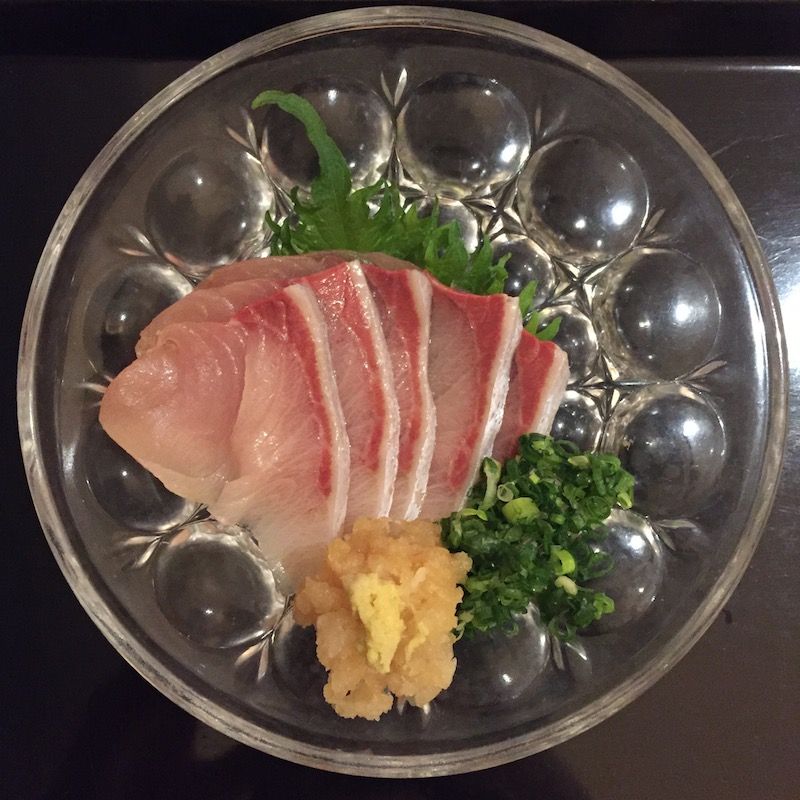
Kyoto isn’t all about fine dining, however. Just around the corner from scenic Pontocho, Chao Chao Sanjo Kiyamachi serves killer gyoza (pan-fried dumplings) in a lively, casual setting. Gyoza fillings range from traditional (pure pork) to inventive (shrimp and crab “sticks” served with mayonnaise for dipping). A meal for two shouldn't be more than JPY 3,000.
Just down the hill from Ginkaku-Ji (the Silver Temple), Omen is the perfect place to refuel on some hearty udon noodles after a morning of sightseeing. The thick, pliable noodles are served either hot or cold alongside a broth for dipping, which you can flavor to your liking with toasted sesame seeds and a variety of chili powders.

Kyoto is also known for its matcha desserts, and many of the pedestrianized streets surrounding major sights like Kiyomizu Temple are lined with shops selling matcha soft serve and other takeaway treats. Centuries-old Kagizen Yoshifusa is famous for its matcha and traditional Japanese confectionary, or wagashi.
READ: Beijing's Best Restaurants for Visitors and Tourists, 2019 Edition
More stories by this author here.
Instagram: @gongbaobeijing
Twitter: @gongbaobeijing
Weibo: @宫保北京
Photos: Wikimedia, Robynne Tindall

